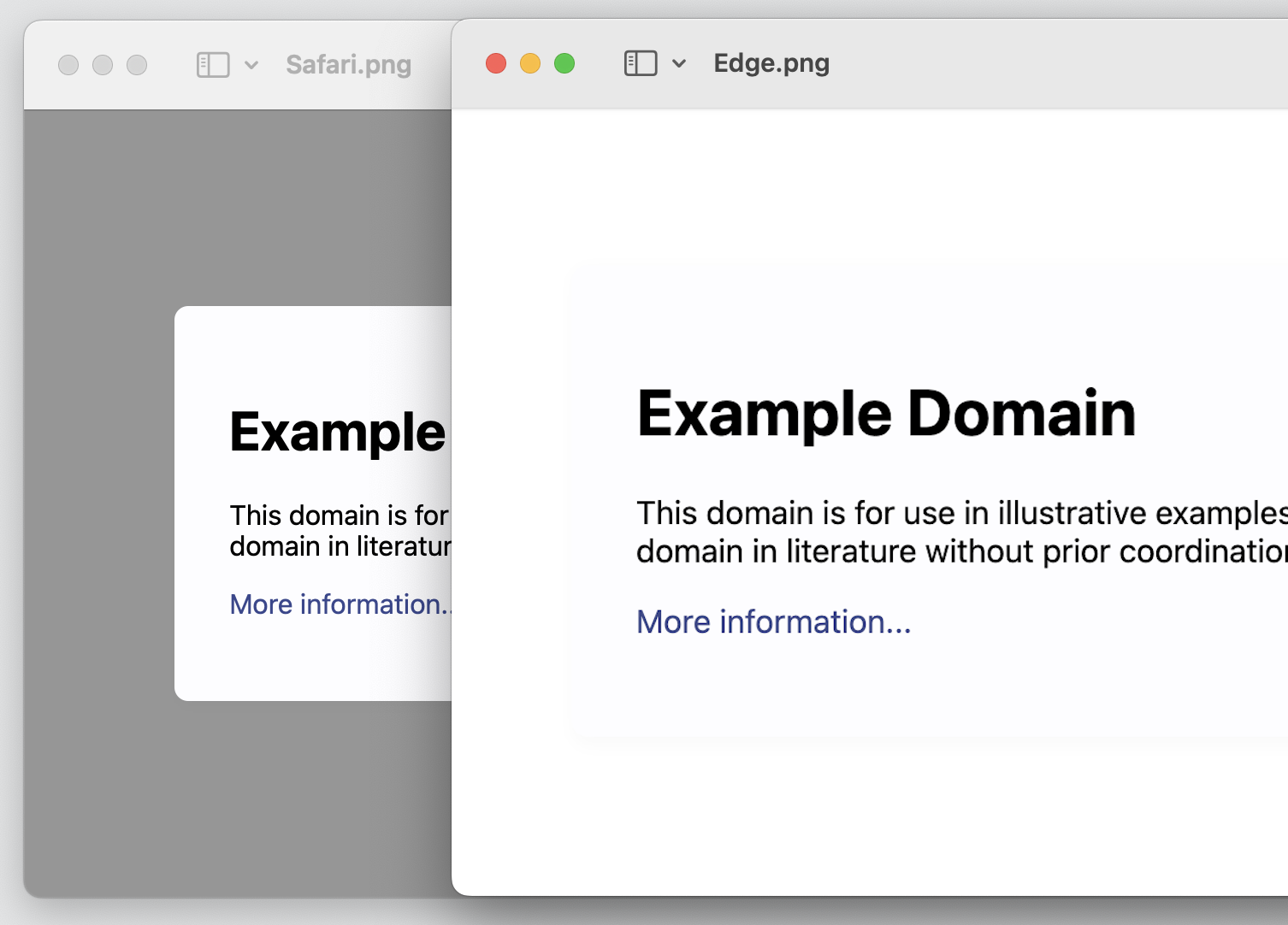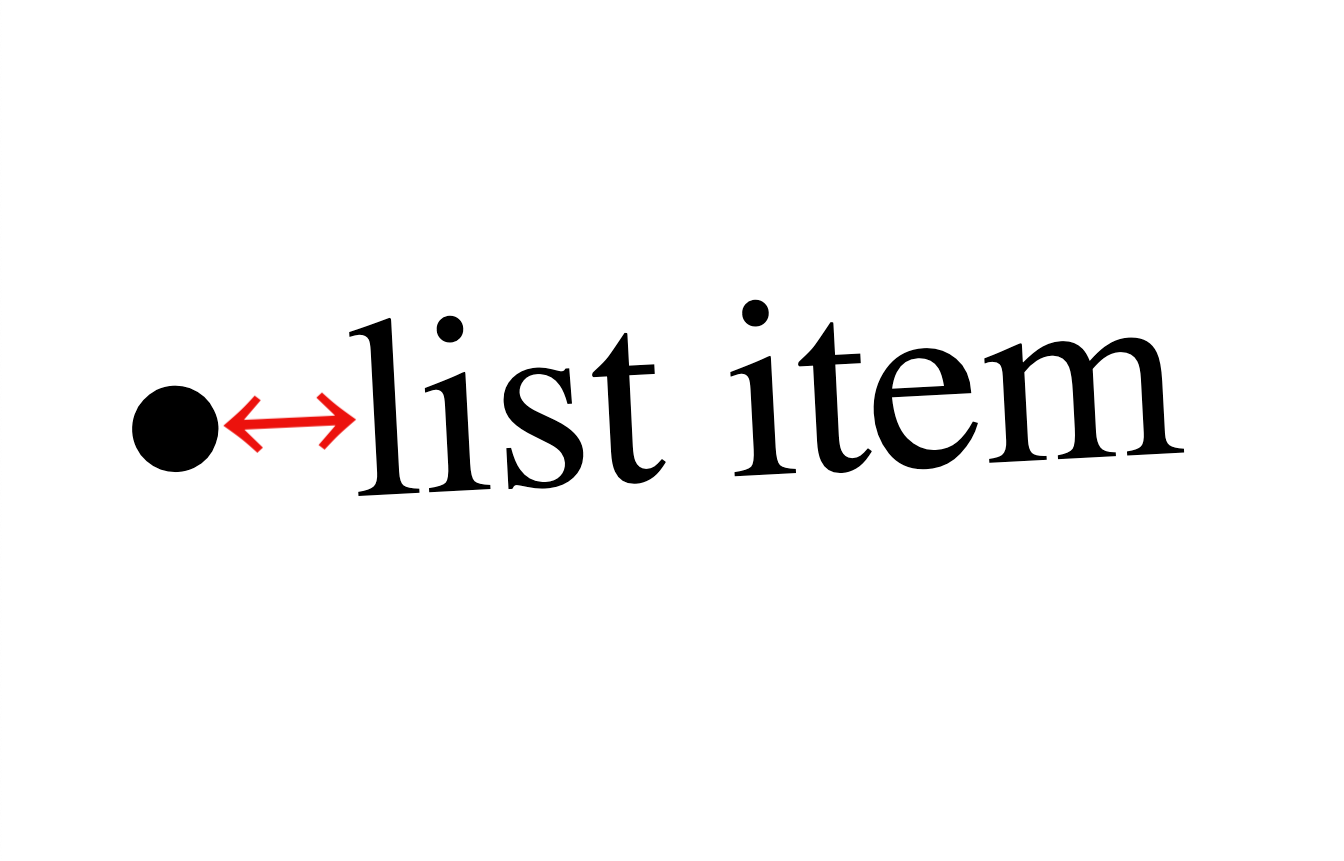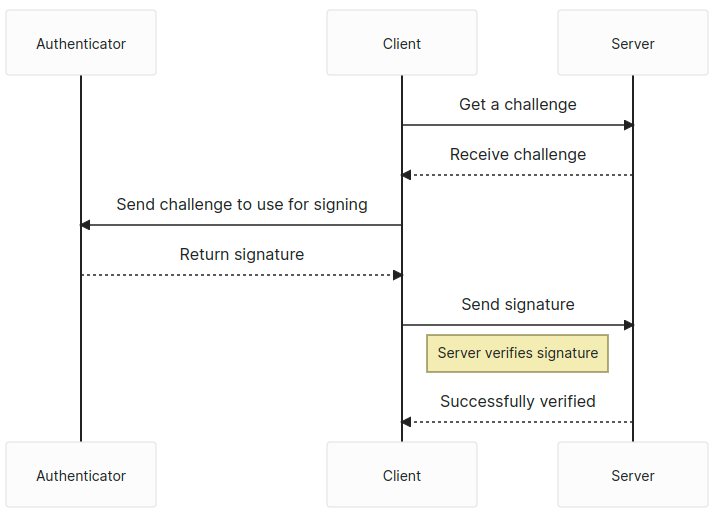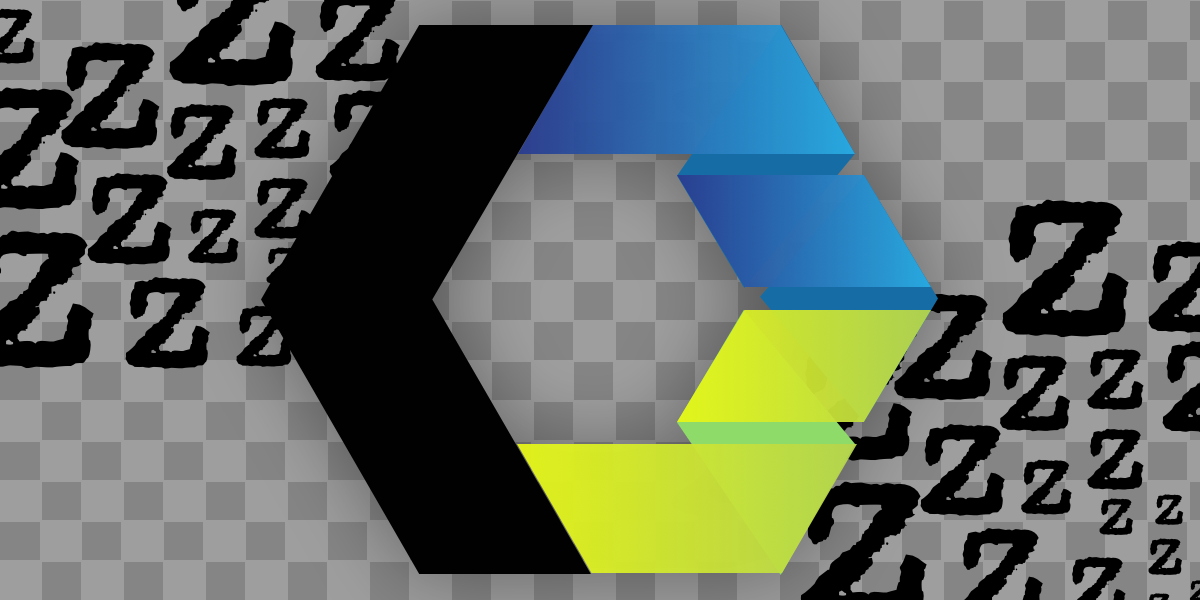
UGURUS, powered by DigitalOcean, offers elite training and mentorship for Agency Owners. Join the Agency Accelerator for free to get more leads, land high-value deals, and build recurring revenue!
Popular
this
month
Powered by
DigitalOcean
Animating CSS Grid (How To + Examples)
More Real-World Uses for :has()
Different Ways to Write CSS in React
:has is an unforgiving selector
6 Common SVG Fails (and How to Fix Them)
Ease-y Breezy: A Primer on Easing Functions
AR, VR, and a Model for 3D in HTML
Faking Min Width on a Table Column
How to Use CSS Grid for Sticky Headers and Footers
Gradient Borders in CSS
Some Cross-Browser DevTools Features You Might Not Know
I spend a lot of time in DevTools, and I’m sure you do too. Sometimes I even bounce between them, especially when I’m debugging cross-browser issues. DevTools is a lot like browsers themselves — not all of the features in …
Making Calendars With Accessibility and Internationalization in Mind
Doing a quick search here on CSS-Tricks shows just how many different ways there are to approach calendars. Some show how CSS Grid can create the layout efficiently. Some attempt to bring actual data into the mix. Some …
5 Mistakes I Made When Starting My First React Project
You know what it’s like to pick up a new language or framework. Sometimes there’s great documentation to help you find your way through it. But even the best documentation doesn’t cover absolutely everything. And when you work with something …
Creating a Clock with the New CSS sin() and cos() Trigonometry Functions
CSS trigonometry functions are here! Well, they are if you’re using the latest versions of Firefox and Safari, that is. Having this sort of mathematical power in CSS opens up a whole bunch of possibilities. In this tutorial, I thought …
Managing Fonts in WordPress Block Themes
Fonts are a defining characteristic of the design of any site. That includes WordPress themes, where it’s common for theme developers to integrate a service like Google Fonts into the WordPress Customizer settings for a “classic” PHP-based theme. That hasn’t …
Everything You Need to Know About the Gap After the List Marker
I was reading “Creative List Styling” on Google’s web.dev blog and noticed something odd in one of the code examples in the ::marker section of the article. The built-in list markers are bullets, ordinal numbers, and letters. The ::marker pseudo-element …
Passkeys: What the Heck and Why?
These things called passkeys sure are making the rounds these days. They were a main attraction at W3C TPAC 2022, gained support in Safari 16, are finding their way into macOS and iOS, and are slated to …
How the Style Engine Generates Classes
An Approach to Lazy Loading Custom Elements
We’re fans of Custom Elements around here. Their design makes them particularly amenable to lazy loading, which can be a boon for performance.
Inspired by a colleague’s experiments, I recently set about writing a simple auto-loader: Whenever a custom …
Different Ways to Get CSS Gradient Shadows
It’s a question I hear asked quite often: Is it possible to create shadows from gradients instead of solid colors? There is no specific CSS property that does this (believe me, I’ve looked) and any blog post you find about …
Healthcare, Selling Lemons, and the Price of Developer Experience
Every now and then, a one blog post is published and it spurs a reaction or response in others that are, in turn, published as blogs posts, and a theme starts to emerge. That’s what happened this past week and …
Moving Backgrounds
We often think of background images as texture or something that provides contrast for legible content — in other words, not really content. If it was content, you’d probably reach for an <img> anyway, accessibility and whatnot.
But there are …












